Vein Conditions We Treat
United Vein and Vascular Centers specializes in advanced, image-guided treatments to address a wide range of vein conditions. Select an option below to learn more about each condition.
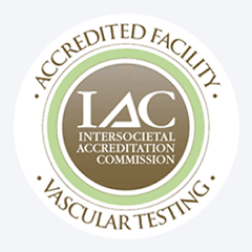
Request a Consultation
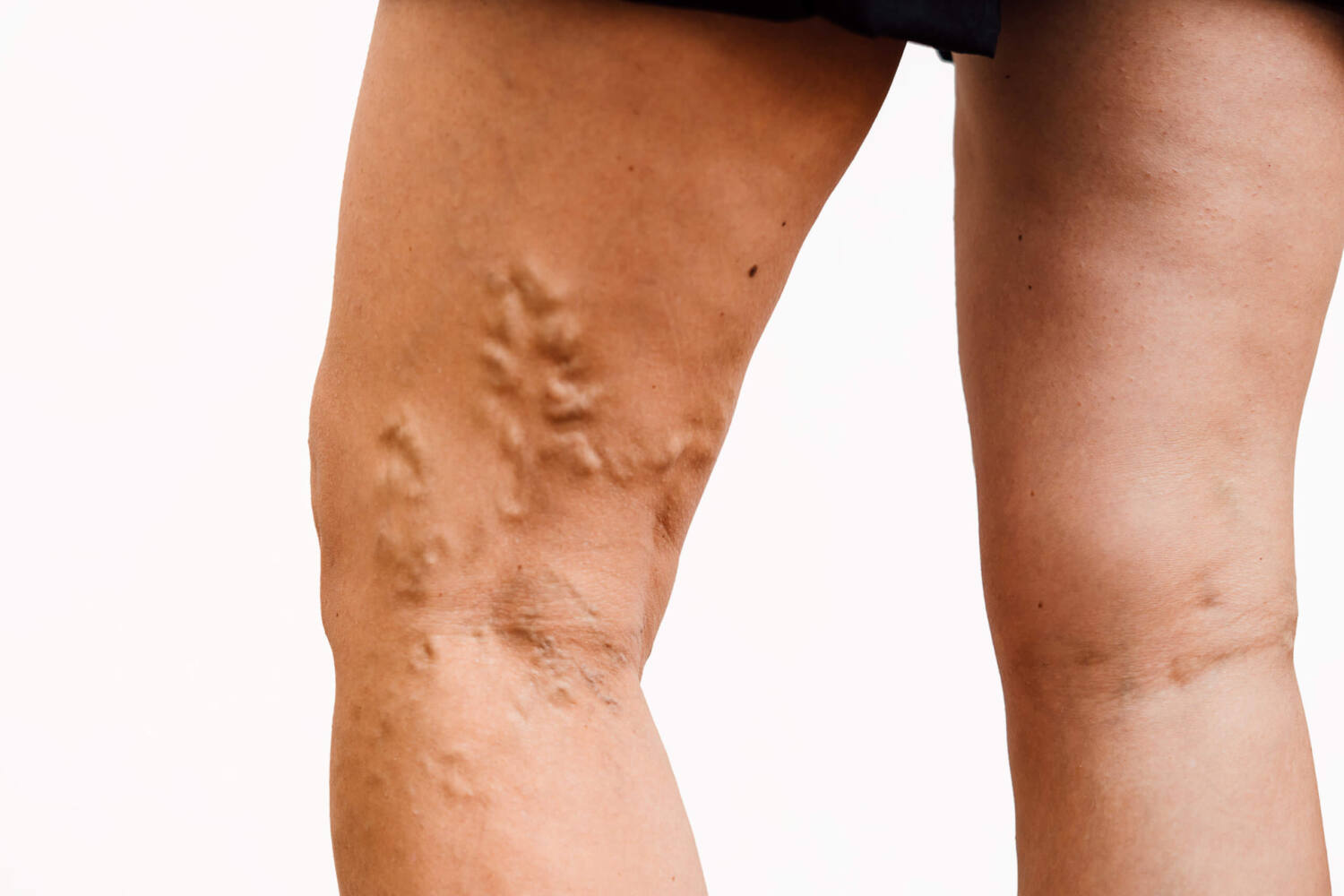
Phlebitis
Phlebitis is a vein condition that can happen when a vein becomes inflamed. Typically, there are two types of phlebitis, superficial phlebitis and deep phlebitis. This condition can be dangerous if ignored. Be sure to learn the symptoms.

Varicocele
Varicocele is a condition that happens when a vein inside a male’s scrotum becomes inflamed. The inflammation can cause infertility, pain, swelling, and testicular shrinkage.
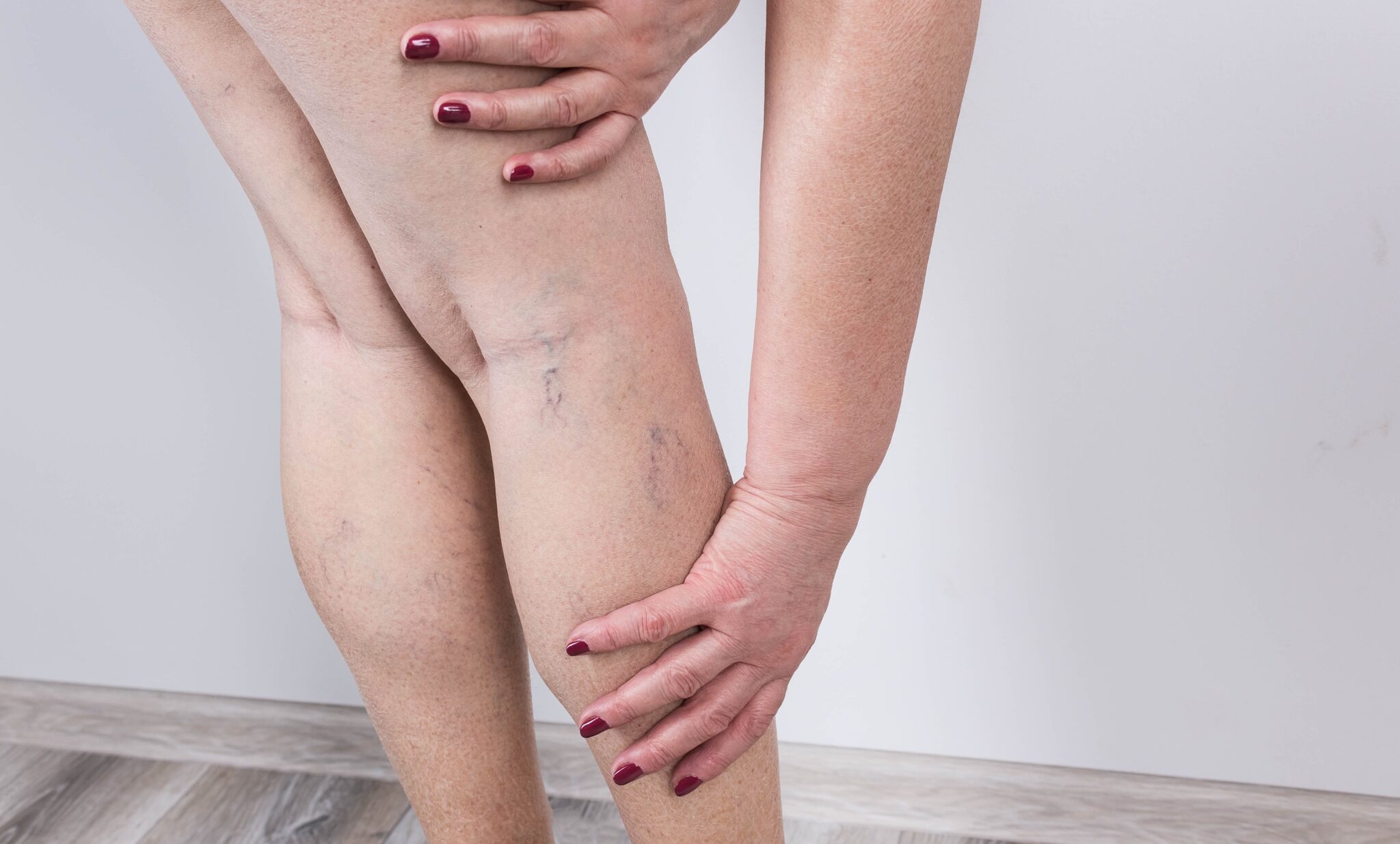
Spider Veins
Spider veins, or Telangiectasias, is a common condition in which small blue and purple veins close to the surface of the skin can be easily seen. Many people think spider veins are just cosmetic, but often they are caused an underlying vein condition.

Varicose Veins
Varicose veins are a condition that forms when blood starts to pool in the veins, causing an enlarged, bulging vein to appear. These can be treated with the right treatment plan.
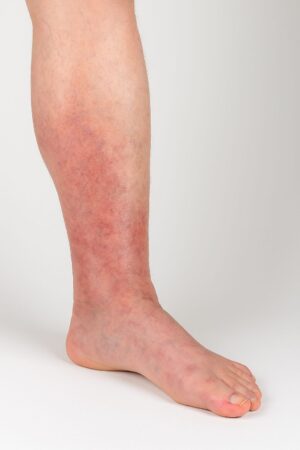
Deep Vein Thrombosis (DVT)
Deep vein thrombosis is a very serious condition where a blood clot forms in a vein deep within the body. This can be a life-threatening condition and should be treated urgently.

Restless Leg Syndrome (RLS)
Restless leg syndrome, also known as RLS, is a very frustrating condition that causes a sensation of needing to move your legs, especially at night. This common vein condition can be treated with the proper care plan.
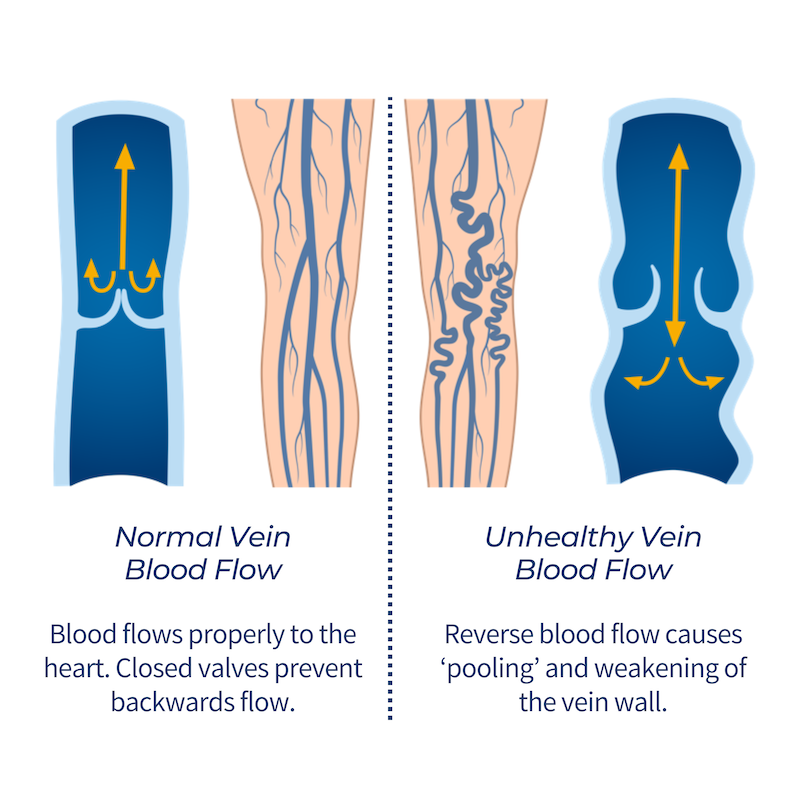
Chronic Venous Insufficiency (CVI)
Chronic Venous Insufficiency, also known as CVI, is a vein condition, but it is also a disease. This disease happens due to poor blood circulation that has happened over time.
